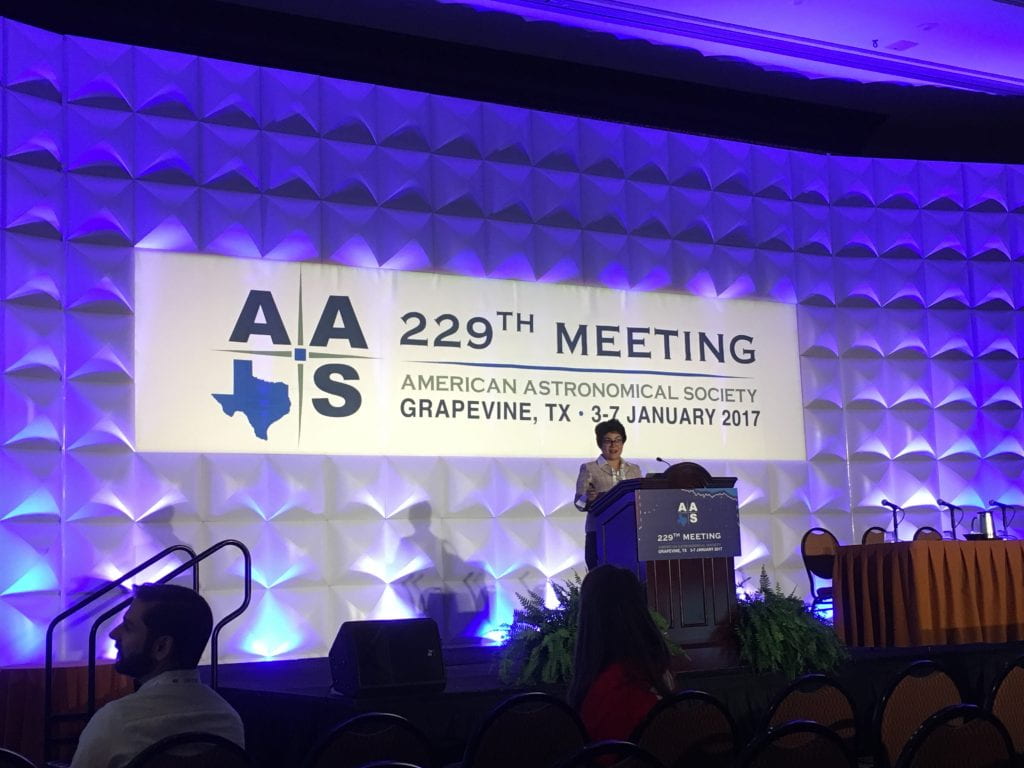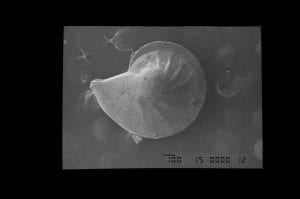 Honors grad Kalee Moore is a medical student at UNT Health Science Center. She graduated with a bachelors of Science in biology with a chemistry minor in 2014.
Honors grad Kalee Moore is a medical student at UNT Health Science Center. She graduated with a bachelors of Science in biology with a chemistry minor in 2014.
Currently in her second year of med school, she’s been hitting the books, taking tests and learning new skills to have what it takes to be a doctor. Now she wants to give students insights from her experience on what to expect once they face that entrance interview.
What’s med school generally like?
We learn our skill sets like procedures, suturing and injections using mannequins in a simulated hospital lab that we have on campus. Then we practice with patients that are paid to come in and act out scenarios. The reality will set in during the second half of seeing and touching the actual patients. Nothing can really 100 percent simulate a real person with a real problem in front of you. Continue reading


